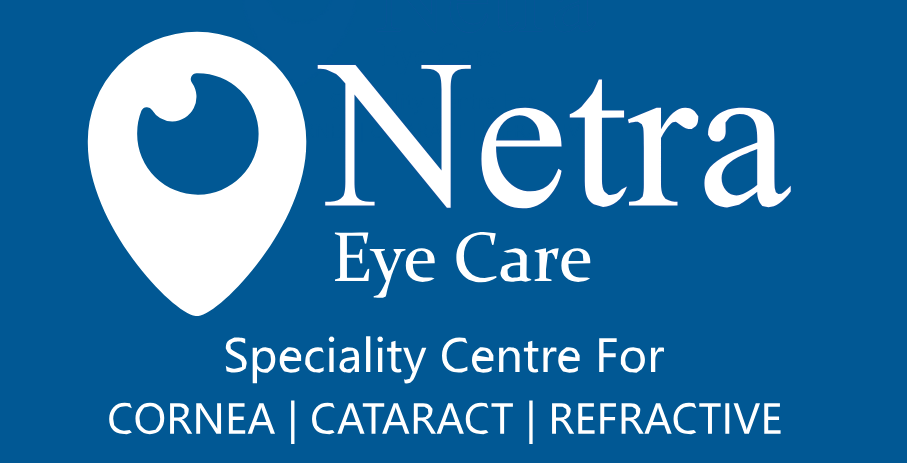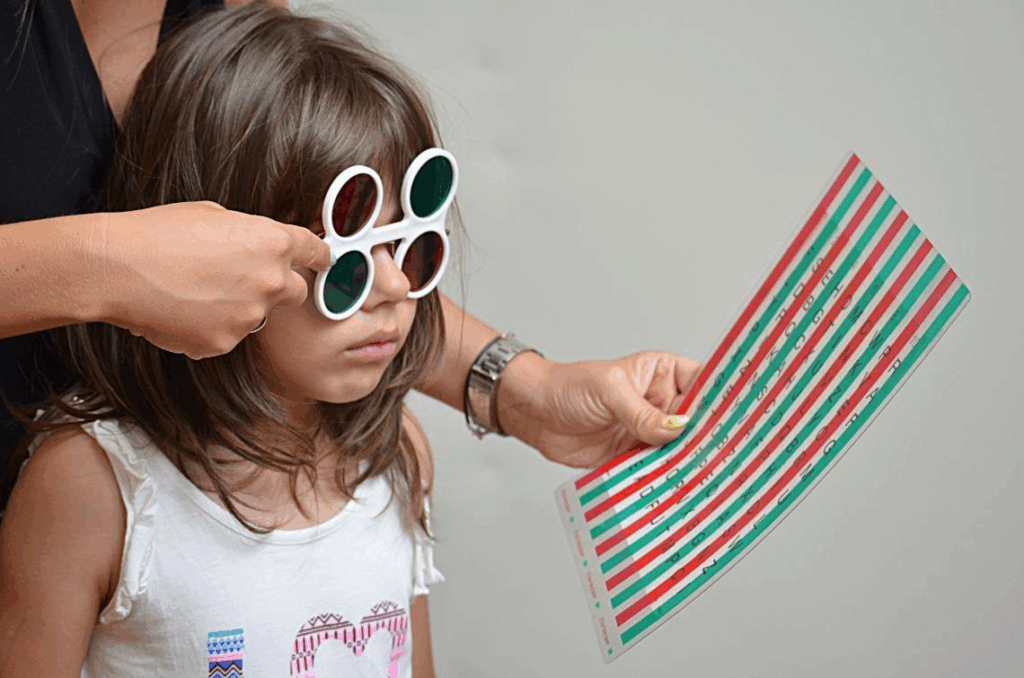What is amblyopia? Often called ‘lazy eye,’ amblyopia is a vision problem that means one eye doesn’t see as well as the other. This usually happens because the brain and the eye are not working together properly. Some common reasons for this are a wandering eye (known as strabismus), blurry vision caused by glasses problems, or something blocking the eye.
Knowing about amblyopia is especially important for parents. That’s because catching it early makes fixing it easier. The sooner it’s caught, the better the chances of successful recovery.
This blog will help clear up misunderstandings, describe the symptoms of amblyopia, and go over different amblyopia treatment options. This way, you can help your child or anyone else you know who might be affected catch it early.
Why Early Detection and Accurate Information Matter
Touching on why catching amblyopia early is crucial: kids need attention to this under-seven age window. If treatment is delayed, vision problems can become permanent.
People sometimes think amblyopia is just having a lazy eye. But what is amblyopia really? It’s a deeper issue and more complicated than it seems. We want to clear up these confusions and share the right details.
Recognizing the symptoms of amblyopia is tricky but essential. These include bad eyesight in one eye or frequent squinting. So, if one eye seems weaker, it’s time to act.
Here’s why getting the facts right is so vital: – Early action improves outcomes – Myths lead to missteps – Right knowledge means right treatment
If discovered in time, treatments can help fix the vision, making a huge difference in someone’s life. Early detection ensures that individuals enjoy the best vision possible as they grow.
Comprehensive Treatment Options: Traditional and Modern Approaches
Traditionally, parents might use eye patches or glasses to treat amblyopia. However, these options come with challenges, like ensuring kids keep wearing them.
Today, we have more ways to treat this. These include newer things like vision therapy for amblyopia and some new drugs. Each treatment has its pluses and minuses.
In India, researchers and doctors are finding better ways to treat amblyopia. This is good news as it means more options for families.
- Eye patches: Simple but needs discipline
- Glasses: Corrects vision but sometimes needs time
- Vision therapy: Fun exercises for the eyes
- Pharmacological solutions: Medicines that can help
Understanding the pros and cons of each option can help families make decisions tailored to what each child needs. Being informed about treatment helps parents choose the right, effective path for their child.
Supporting Children and Embracing Complementary Approaches for Amblyopia
Helping a child adapt to treatment is key. The support from parents can greatly improve how a child follows the treatment plan.
Changing some lifestyle habits can further assist in preventing amblyopia. These include: – Reducing screen time to avoid overstraining the eyes – Encouraging outdoor play which naturally exercises eyesight – Including fun vision exercises in daily routines
Making these small lifestyle changes aids in treatment and can make outcomes better while providing a well-rounded approach.
A balanced method, blending medical and lifestyle adjustments, prepares parents to confidently tackle amblyopia, ensuring the best support for their child.
In summary, understanding what is amblyopia and how to spot the symptoms of amblyopia offer significant advantages. Knowing the causes, being aware of amblyopia treatment options, and being proactive pay off greatly. With more tools and knowledge, families can create the best environment for children to thrive, visually and beyond.

